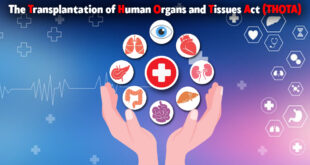India’s third moon mission, Chandrayaan-3, was successfully launched onboard a Launch Vehicle Mark-3 (LVM-3) rocket from the Satish Dhawan Space Centre in Sriharikota.
- This is India’s second attempt at soft-landing robotic instruments on the lunar surface after the previous attempt, Chandrayaan-2, failed in 2019. It entered an elliptic parking orbit (EPO).
- Thus far, only three countries, the U.S., Russia and China, have successfully soft-landed on the moon.
Elliptic Parking Orbit
The EPO’s closest approach to earth was around 170 km and farthest, at 36,500 km.
Rocket module
- Rocket was an integrated module comprising the propulsion module, the lander module, and the rover.
- The propulsion module will carry the lander (containing the rover) from the EPO around earth to a circular orbit around the moon, at an altitude of 100 km.
- This module also carries an instrument called ‘Spectro-polarimetry of Habitable Planetary Earth’ (SHAPE), to study spectral emissions coming from earth.
- The lander can soft-land at a specified lunar site and deploy the rover.
- The rover will perform in-situ chemical studies of the lunar surface as it moves around. The lander also has scientific instruments to study the lunar surface and subsurface.
- The propulsion module will execute a series of manoeuvres over the next month to sling itself towards the moon and be caught there by the moon’s gravity. Once it has been captured into a lunar orbit, the lander will detach itself and attempt to soft-land on the moon’s surface.
Chandrayaan-3 mission’s objective

To develop and demonstrate new technologies required for inter-planetary missions.
Significance of Chandrayaan Mission
- With a human-rated Launch Vehicle Mark (LVM) to be used for the upcoming Gaganyaan mission, the LVM-3’s successful launch of the Chandrayaan-3 gained significance, as it has further enhanced the reliability of the launch vehicle.
- ISRO’s Gaganyaan project is expected to demonstrate India’s human spaceflight capability by launching three astronauts to an orbit of 400 km for a three-day mission, and then bringing them safely back to earth, landing them in Indian seas.
SOURCE: THE HINDU, PIB
 Chinmaya IAS Academy – Current Affairs Chinmaya IAS Academy – Current Affairs
Chinmaya IAS Academy – Current Affairs Chinmaya IAS Academy – Current Affairs



